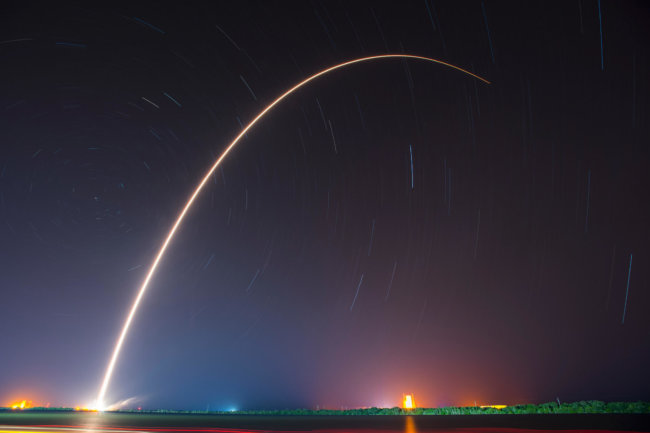
For a good half of the previous century, humanity had time to run in the boundless space of a set of scientific instruments. With a single purpose – to better understand this, it would seem, at first glance, completely lifeless vacuum. From the very first grainy images of Mars, obtained in the framework of the space program “Mariner”, to the fantastic macro zaturenska satellites and rings of the gas giant – all these data are of invaluable information about how our Solar system. And despite the fact that humanity just recently lost one of the most useful space tools zaturinskiy space station “Cassini”, in the next decade we expect dozens of new space missions.
They will be so much that it is easy to get lost, so we took them all apart and isolated the most important and interesting. To implement most of them, scientists will begin already in the nearest decade, and they are definitely worth your attention.
2017
30 Nov. The Launch Of “Chang’e-5”
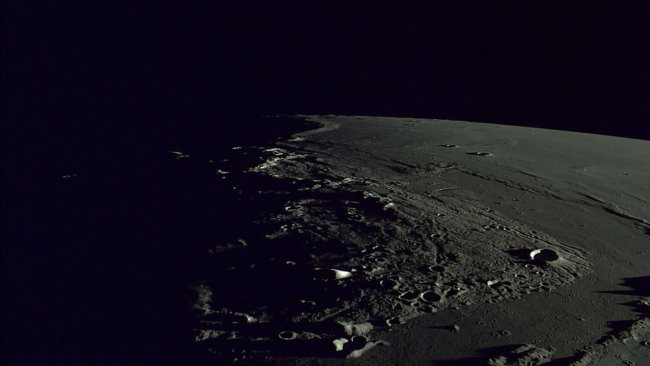
China national space administration (CNSA) in a month is going to start implementing a space mission “Chang’e-5”, whose purpose is to send a spacecraft to the moon. The main task – implementation of soft landing near the lunar volcanic formation Mons Rümker and collecting samples of lunar regolith from a depth of about two meters under the moon’s surface. Once the desired samples are obtained, they will be delivered to the remaining orbiting the moon the spacecraft, and then brought to Earth for analysis.
The end of 2017 — beginning of 2018
Mission “Chandrayaan-2”
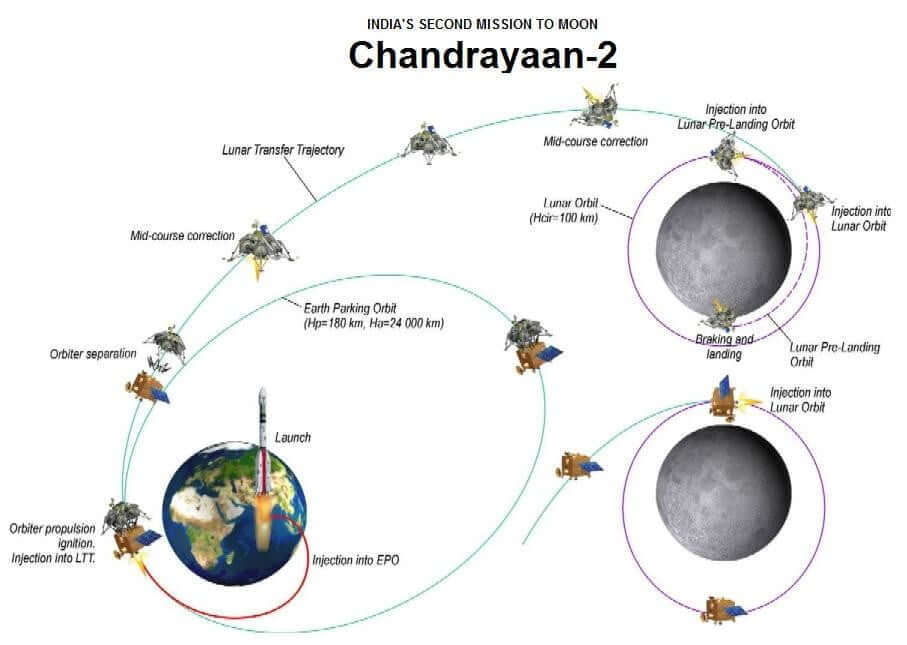
Space mission “Chandrayaan-2” was originally supposed to be a joint research programme of the Indian space research organization (ISRO) and the Russian Corporation “Roscosmos”, but later as a result of changing some of the technical requirements from the Russian side, India has decided to continue the mission independently. The goal is to send two Rovers and one orbital spacecraft to the earth’s satellite. Task – the analysis of the mineral composition of the satellite and the study of his ecosphere.
May 5. Mission InSight
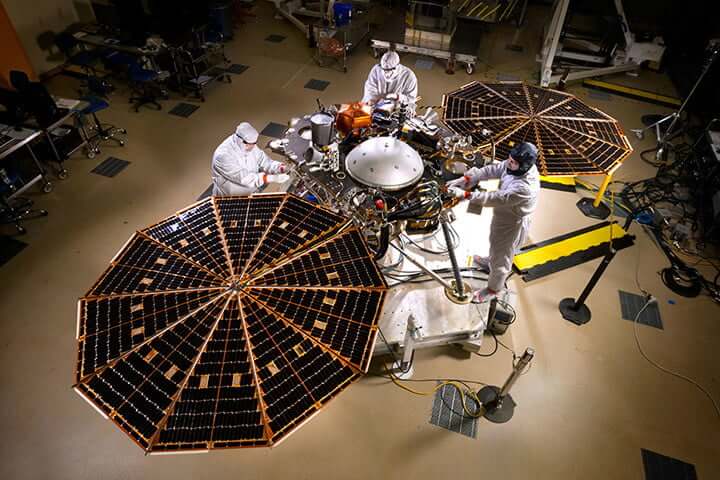
The purpose of sending the lander InSight (or Interior Exploration using Seismic Investigations, Geodesy and Heat Transport) Mars is the study of the internal composition of the red planet for more ideas about what processes have shaped its internal structure, many billions of years ago. Scheduled work period will be 720 days.
June. Interplanetary station Hayabusa-2
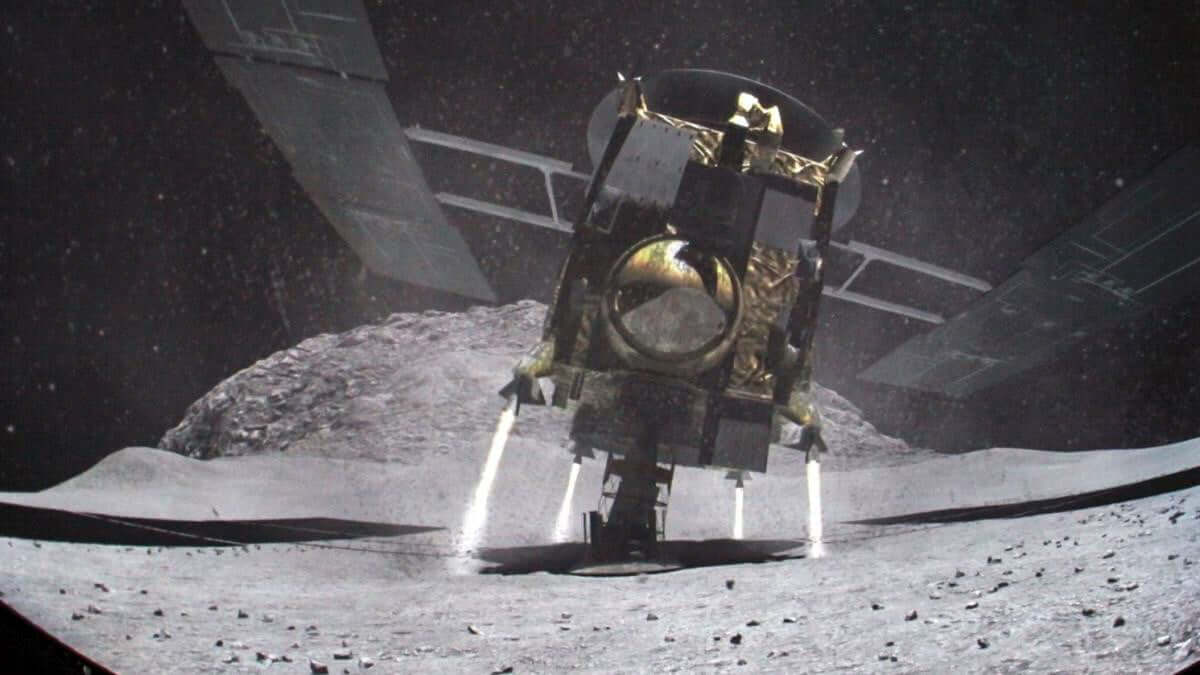
Station “Hayabusa-1” after landing on the asteroid
The mission of “Hayabusa-2” the Japanese space Agency began in mid-2014. By the middle of 2018, the spacecraft will make an appointment with an asteroid Ryugu (previously known as 1999 JU3), will produce a convergence with them, will collect samples of particles of its soil and return them to Earth. Unlike the previous mission, “Hayabusa” probe “Hayabusa-2” will be equipped with special all-metal charge, which he shoots at the asteroid, thereby forming a crater on it and lifting up the particles of the inner soil of the asteroid. It is expected that these samples the spacecraft will be brought to Earth by the end of 2020.
July. Solar probe (Solar Probe Parker)
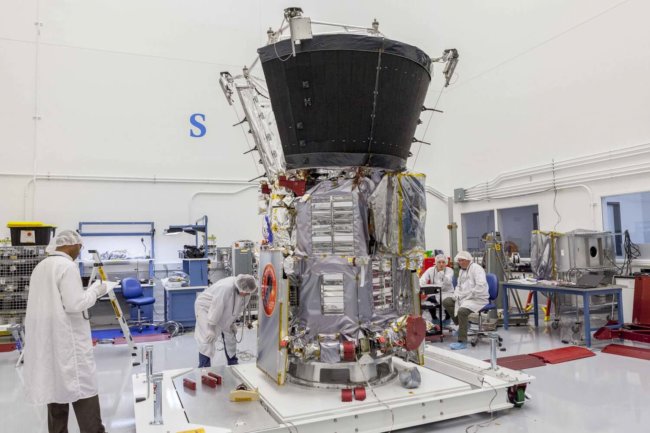
In the pictures the probe just passed preliminary tests in conditions simulating operational
The so-called “Mission to touch the Sun”, or Solar probe aim at sending a spacecraft to the surface of the Sun to a distance of ten solar radii, and considerably closer than all the vehicles ever went to the sun. So close to the star will allow the probe to collect unprecedented data about the activity lights and maybe even create on the basis of these data a forecast of potential catastrophic weather events, which we can expect in the future.
October. The Mission BepiColombo

BepiColombo fully assembled
The interplanetary automatic space station BepiColombo is a joint project between the European space Agency (EKA) and the Japanese aerospace exploration Agency (JAXA) to study mercury. The program plans to use two orbiting spacecraft: the Mercury Planetary Orbiter (MPO) and Mercury Magnetospheric Orbiter (MMO). Both devices were developed taking into account the need to withstand the extreme temperature of above 350 degrees Celsius. To mercury they will arrive by the end of 2025.
October. Solar Orbiter
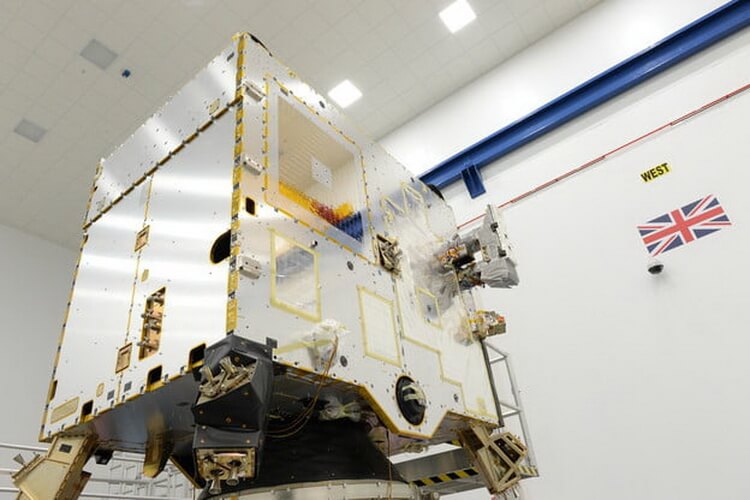
A joint project of the European space Agency and NASA, with the aim of bringing to an elliptical orbit around the Sun the spacecraft to study the sun. Every five months, this machine will make one complete revolution around the Sun, at a distance of 42 million kilometers from the star, closer than mercury. The main objective of the mission will collect information about the heliosphere of the Sun, by observing the plasma, waves and energetic particles of the solar wind.
Date to be announced. Chang’e-4
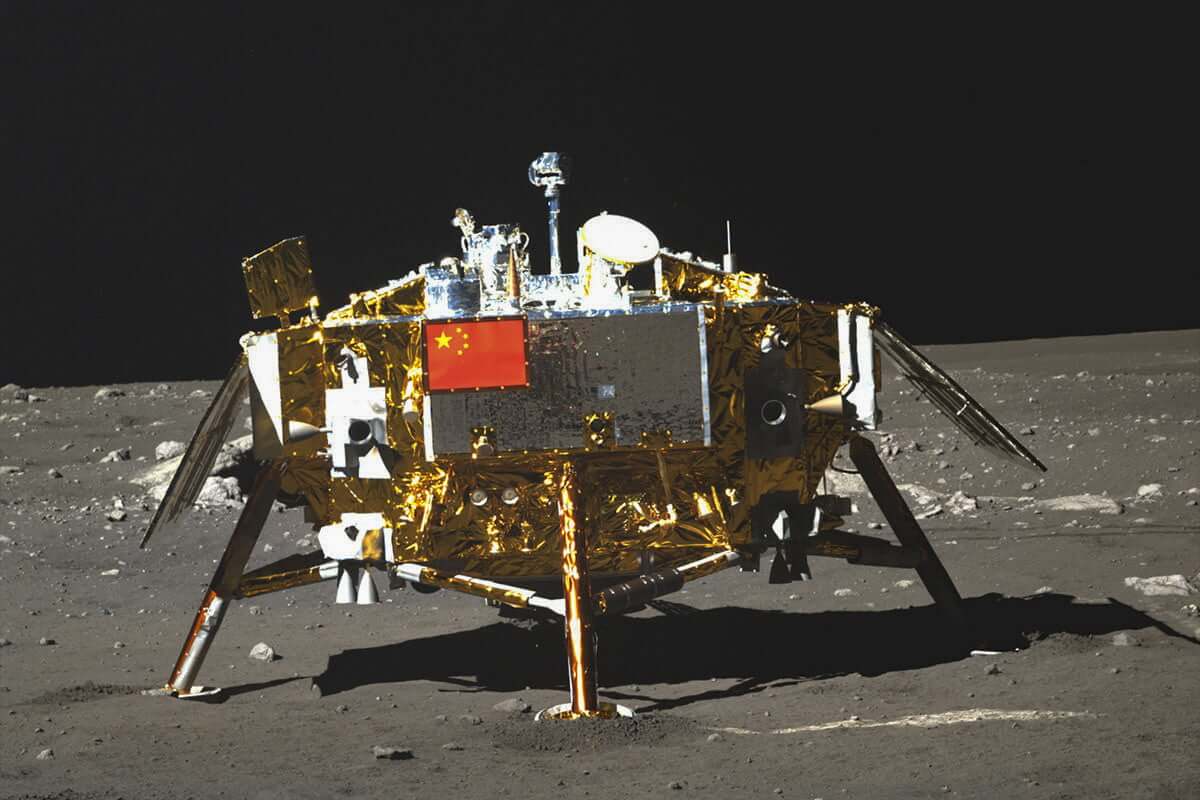
The lander Chang’e-3 on the moon’s surface
At the moment the mission Chang’e-4 is scheduled for late 2018. In the framework of the China national space administration is going to implement the landing of the spacecraft on dark side of the moon. As a potential landing site has been selected the Pool South pole — Aitken is the largest crater on the South side of the moon.
Hayabusa-2
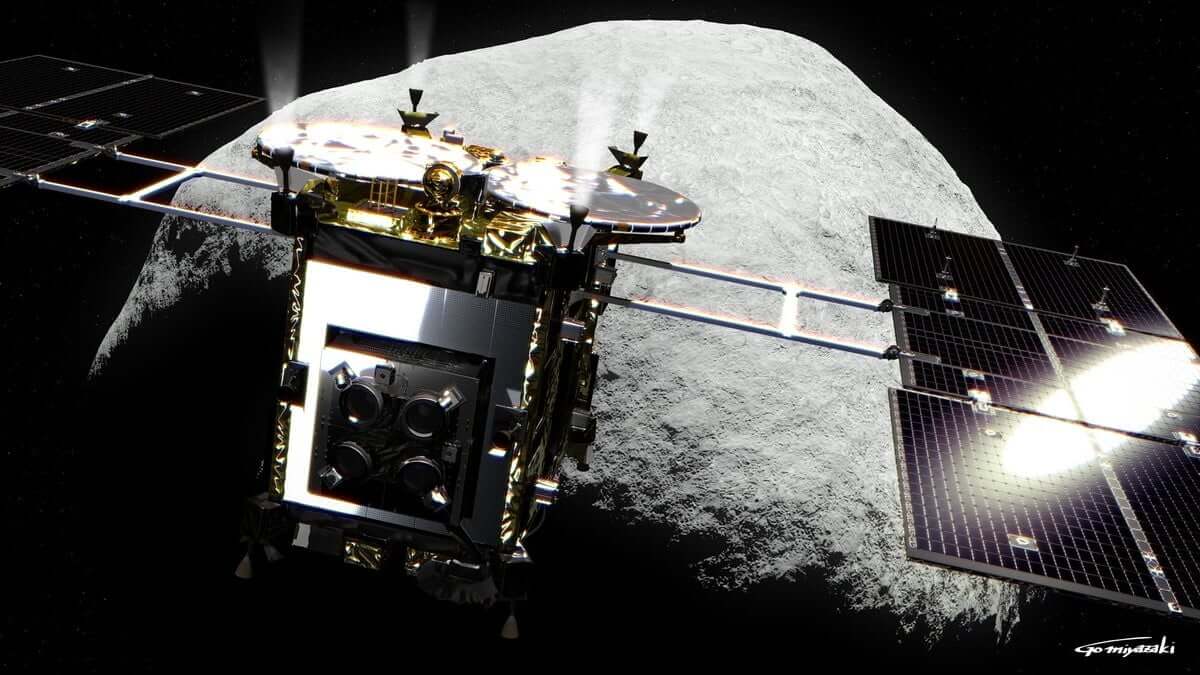
The above-mentioned spacecraft Hayabusa-2 will arrive at the asteroid 1999 JU3, also known as Ryugu.
2019
1 Jan. “New horizons”
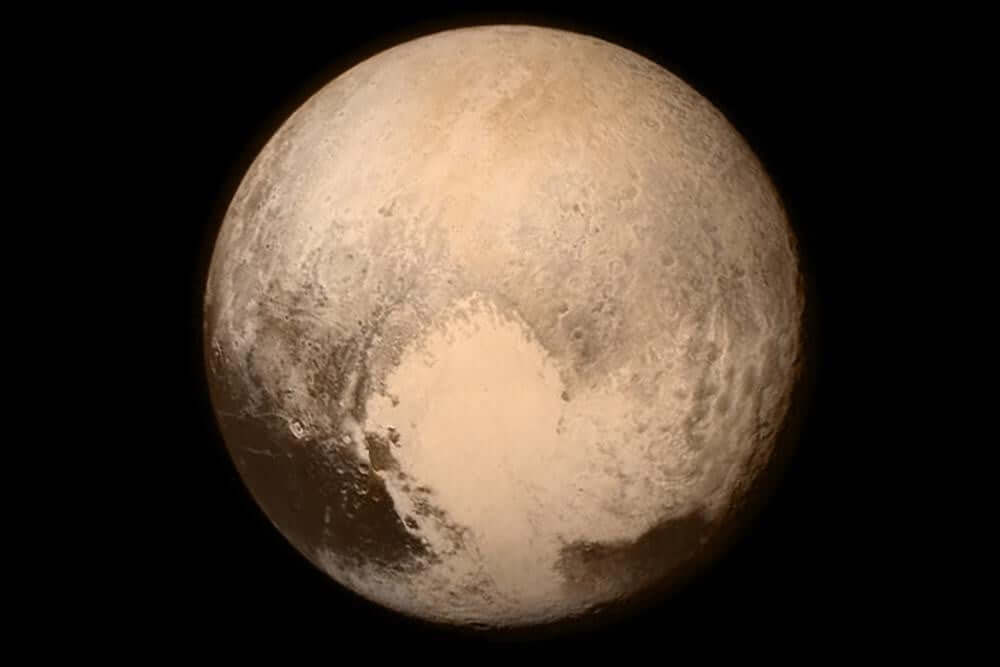
13 July 2015, towards a TRANS-Neptunian object 2014 MU69 spacecraft “New horizons” took a picture of the hemisphere of Pluto high quality
On the first day of the new 2019 New horizons will make a flyby of the Kuiper belt object MU69 2014 and will continue its extended mission space.
Spring. The space telescope “James Webb”

Telescope “James Webb”, which is more than just a replacement for the already aging of the Hubble space telescope and is equipped with a 6.5-meter modular mirror, will be launched from Kourou in French Guiana at the beginning of 2019 (although transfers start was already so much that we don’t be surprised if this time too it will be delayed). One of the scientific instruments that a space telescope has many optical gates, allowing him to conduct simultaneous observation of a hundred different space objects.
October. OSIRIS-Rex
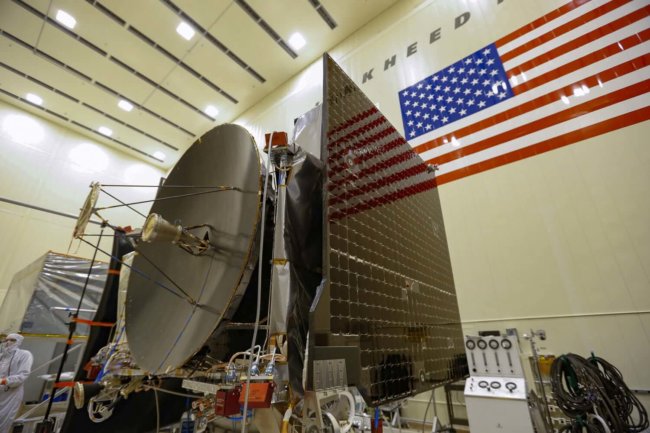
The spacecraft OSIRIS-Rex tests in conditions simulating operational in October 2015
The apparatus of the OSIRIS-Rex was launched into space in September 2016. In October 2019, the he gets to the asteroid 101955 Bennu, and will gather samples of the soil. It is expected that the spacecraft will return to Earth with samples of near-earth space object in September 2023.
2020
July/August. The Project ExoMars 2020
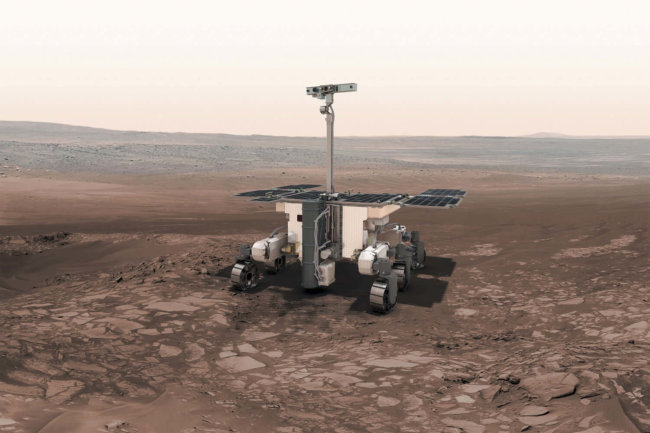
The incident with the lander “Schiaparelli” very good showed that even with a successful start and in General an unprecedented flight, even momentary failure of the onboard computer of the lander can lead to very sad consequences. In the European space Agency hope the second part of the ExoMars program 2020 such surprises will be avoided.
In this second part to the Red planet, is scheduled to deliver new Rover and the lander. The main objective of the mission was to search for evidence of extraterrestrial life. The Rover will be equipped with a drill able to drill down to two metres under the surface, and available on-Board chemistry lab will analyze the samples and try to determine the presence of organic compounds.
2022
JUICE
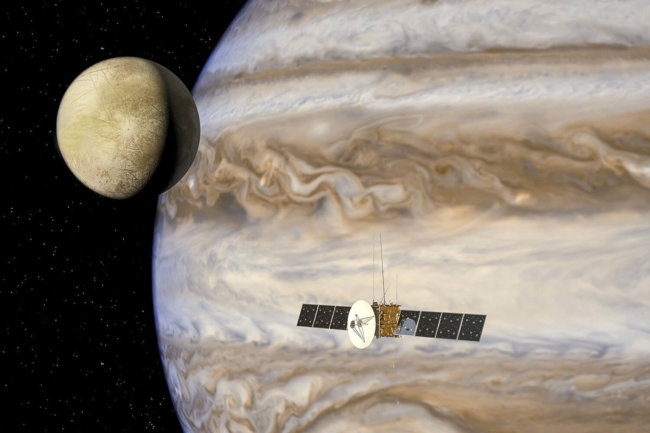
JUICE (or JUpiter ICy moons Explorer) — automatic interplanetary station of the European space Agency, scheduled for launch in 2022 and arrive to Jupiter in 2030. The spacecraft within three years will study gas giant and its three largest moons – Ganymede, Callisto and Europe.
Date to be announced. Project Psyche
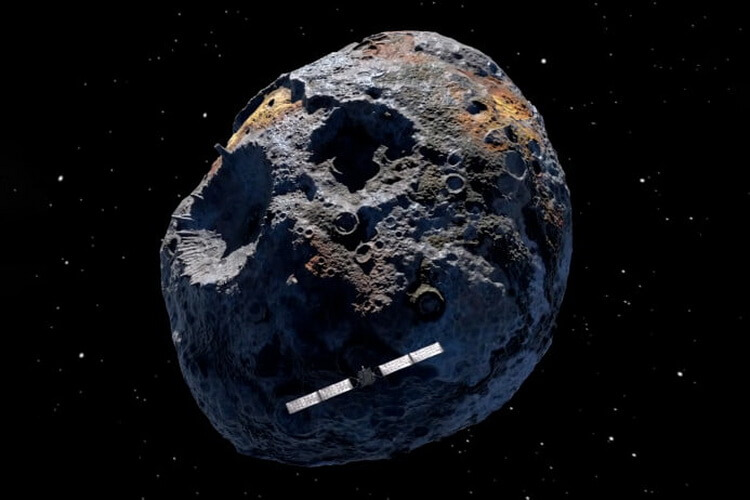
The Orbiter next to a massive asteroid in the Kuiper belt 16 Psyche, in the representation of the artist. Scientists believe that this asteroid was iron-Nickel core of a planet
At the moment it is assumed that the launch of the space mission of Psyche for the study of metallic asteroid of the same name and wandering in the asteroid belt between Mars and Jupiter will be somewhere in 2022. Among the scholars are of the opinion that the Psyche can be a Nickel-iron core of one of the failed protoplanets of our system. To examine this potential of the nucleus can give us a clearer understanding about the formation of the planet earth class.
2025
1 Jan. Mission Europa Clipper
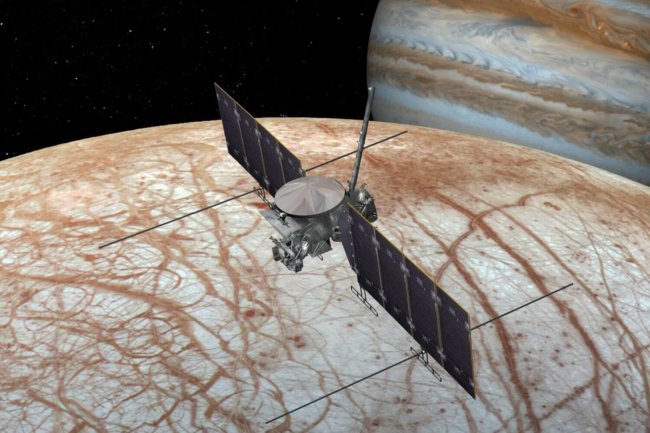
The program will be to study the gas giant of Jupiter and in particular its satellite Europe for the presence of signs of life. In total it is expected that the spacecraft will make 45 complete revolutions around the satellite studied in detail the surface and internal composition of the oceanic world.
2026
Mission PLATO
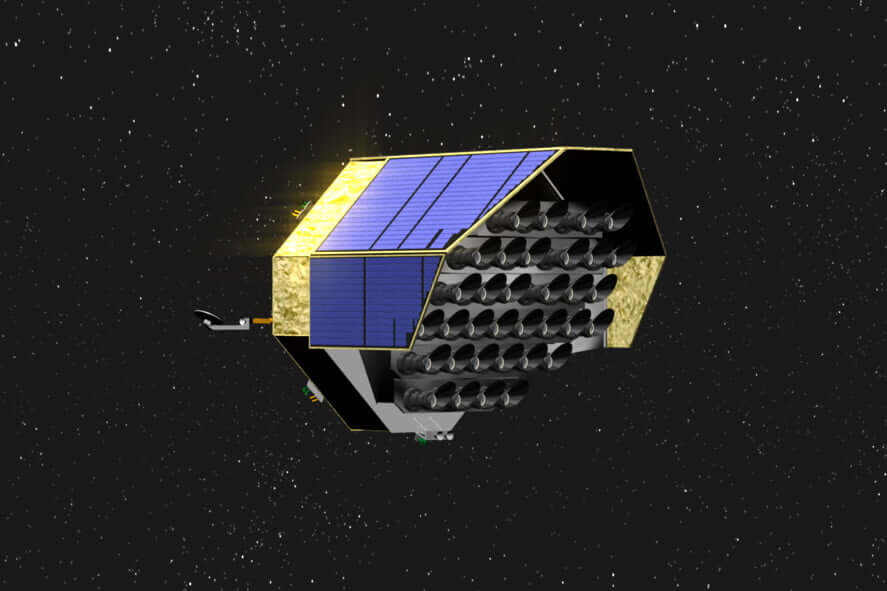
Planetary Transits and Oscillations (PLATO) is a planned European space Agency space telescope, which by means 24 of photometers to discover and characterize exoplanets of all types and sizes in the systems of yellow and orange dwarfs like our Sun. PLATO will search for exoplanets, only a so-called “Goldilocks zone”, or, more formally, the habitable zone of star systems. Estimated time of operation of the telescope will be about six years.
Year 4 002 017. The Probe “Pioneer 11”
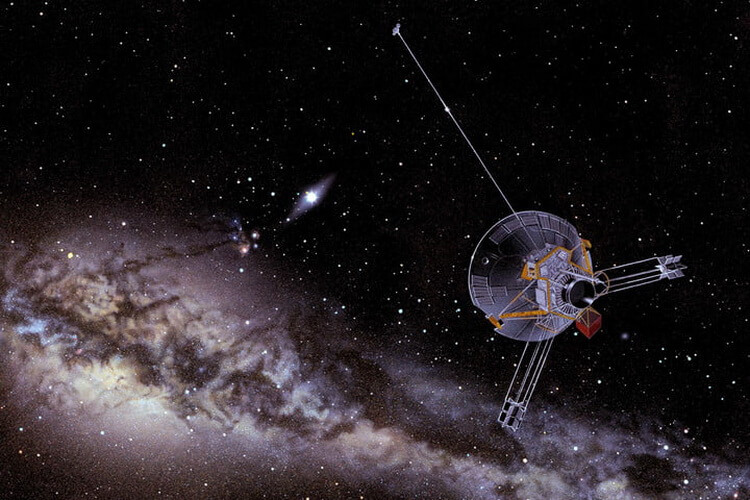
It was at this time the space probe “pioneer 11” was launched in 1973, will pass near the star Lambda Aquila the eagle constellation in 4 million years.
17 the next space missions that deserve your attention
Nikolai Khizhnyak